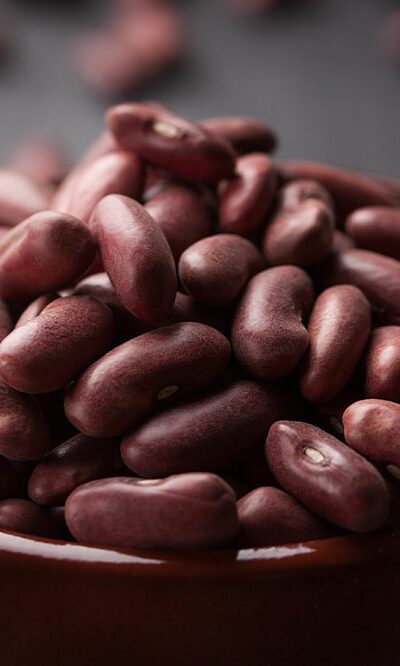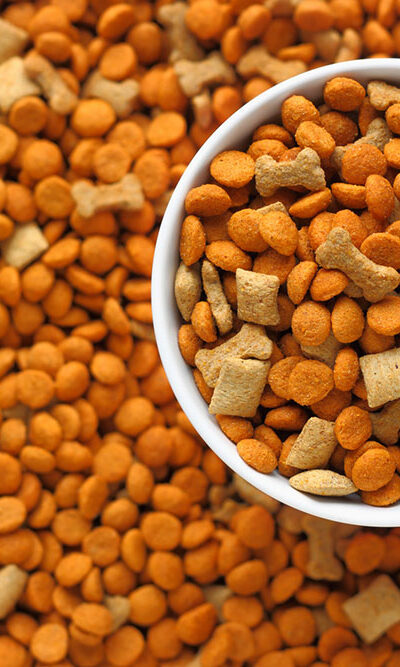
Top mattresses of 2021
A good night’s sleep is necessary for overall health and well-being, but conditions like back pain can disturb sleep. The National Institutes of Health says that about 80 percent of adults in the country suffer from backache. Its exact cause may vary, but one of the most common issues is sleeping on the wrong mattress. Choose from these top mattresses for managing back pain for restful sleep: Helix Midnight LUXE This mattress has zoned lumbar support coils to support the spine and soft foam for optimal comfort. It is a popular choice for side sleepers as the luxury memory foam provides pressure point relief on the hips and shoulders. It is an ideal choice for relieving lower back pain without compromising on comfort. The Helix Midnight LUXE is a medium-firm mattress and comes with an ultra-breathable cover to keep you cool and comfortable while you sleep. You can get a 100-night trial and a 15-year limited warranty on the mattress. Saatva Classic Mattress This mattress has a durable dual-coil design that allows more airflow to keep you cool through the night. The responsive innerspring balances weight and the spinal zone technology provides excellent back support and aligns the spine in all sleeping positions, making it one of the top mattresses for managing back pain. The design provides superb durability and prevents sagging, thanks to the recycled carbon steel that’s tempered three times. You can choose from three different firmness levels: plush soft is ideal for side sleepers who want a soft, cushiony feel; luxury firm combines balance and support; and firm is perfect for back and stomach sleepers or people with heavier body types. Saatva provides a 180-night home trial and offers a 15-year warranty. Bear Mattress This is among the top brands to check out if you’re looking for mattresses for back pain.










